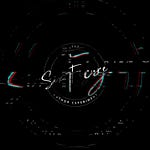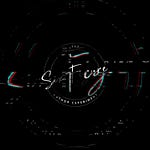In this episode, Jennifer Hilt, author of The Trope Thesaurus series, joins Lee and Russell to break down the true power of tropes in fiction writing—not as clichés, but as emotional shorthand and marketing gold. Together, they explore how tropes function in storytelling, why they’re the secret weapon of bestselling authors, and how to twist them in ways that honor your voice and resonate with readers. Whether you’re writing epic fantasy, spicy romance, domestic thrillers, or cozy mysteries, this episode helps you see tropes not as a box but as a toolkit. You'll learn how to identify, use, and market tropes so readers instantly “get” your story—and want more.
Topics Covered:
Jennifer’s definition of tropes—and how they differ from clichés
The three “buckets” of tropes: character, conflict/stakes, and setting
Why tropes aren’t formulas—they’re ingredients readers crave
The role of tropes in genre blending (e.g., romance + mystery, fantasy + thriller)
Using tropes to reverse-engineer your blurb and boost conversion
The growing importance of “trope cards” in romance marketing
Why your book already has tropes (even if you don’t realize it yet)
How identifying tropes can solve plot problems and unlock stalled drafts
Misdirection and red herrings as underused “conflict” tropes
Tropes as shared language between you and your reader
Examples of evergreen tropes: ticking time bomb, forced proximity, only one bed
Why “structure is just a list of tropes” and how that builds trust with readers
The value of “same but different” stories in commercial fiction
Baking marketing into your book from the beginning
Layering in secondary genre tropes to widen appeal
How voice transforms tired tropes into unforgettable stories
Using your personal “id list” to build trope-rich stories that excite you
The power of identity and series-spanning tropes (e.g., orphan to icon arcs)
The difference between trope usage in high-concept vs. slow-burn fiction
Tropes as both creative springboards and safety nets for readers















